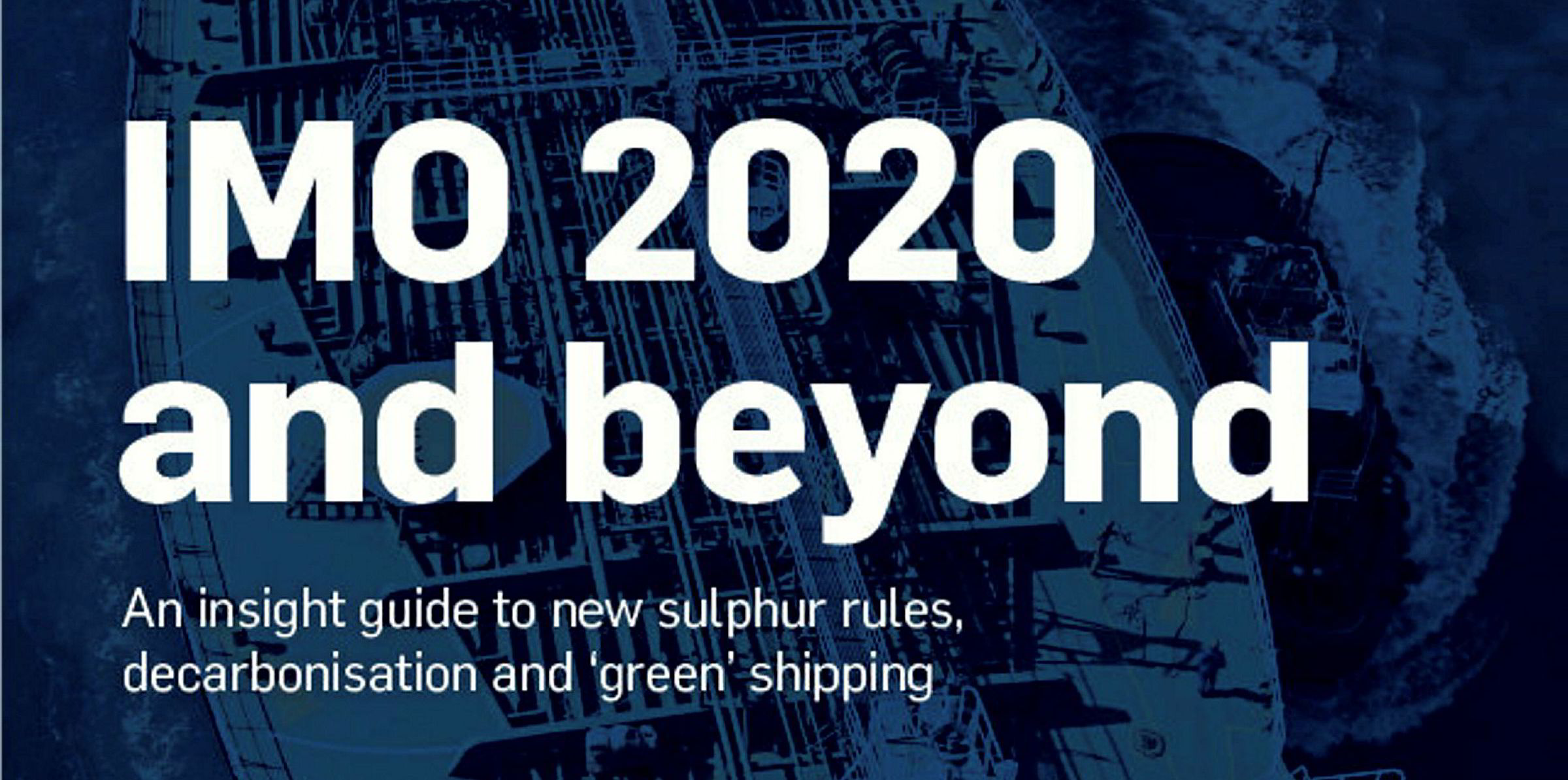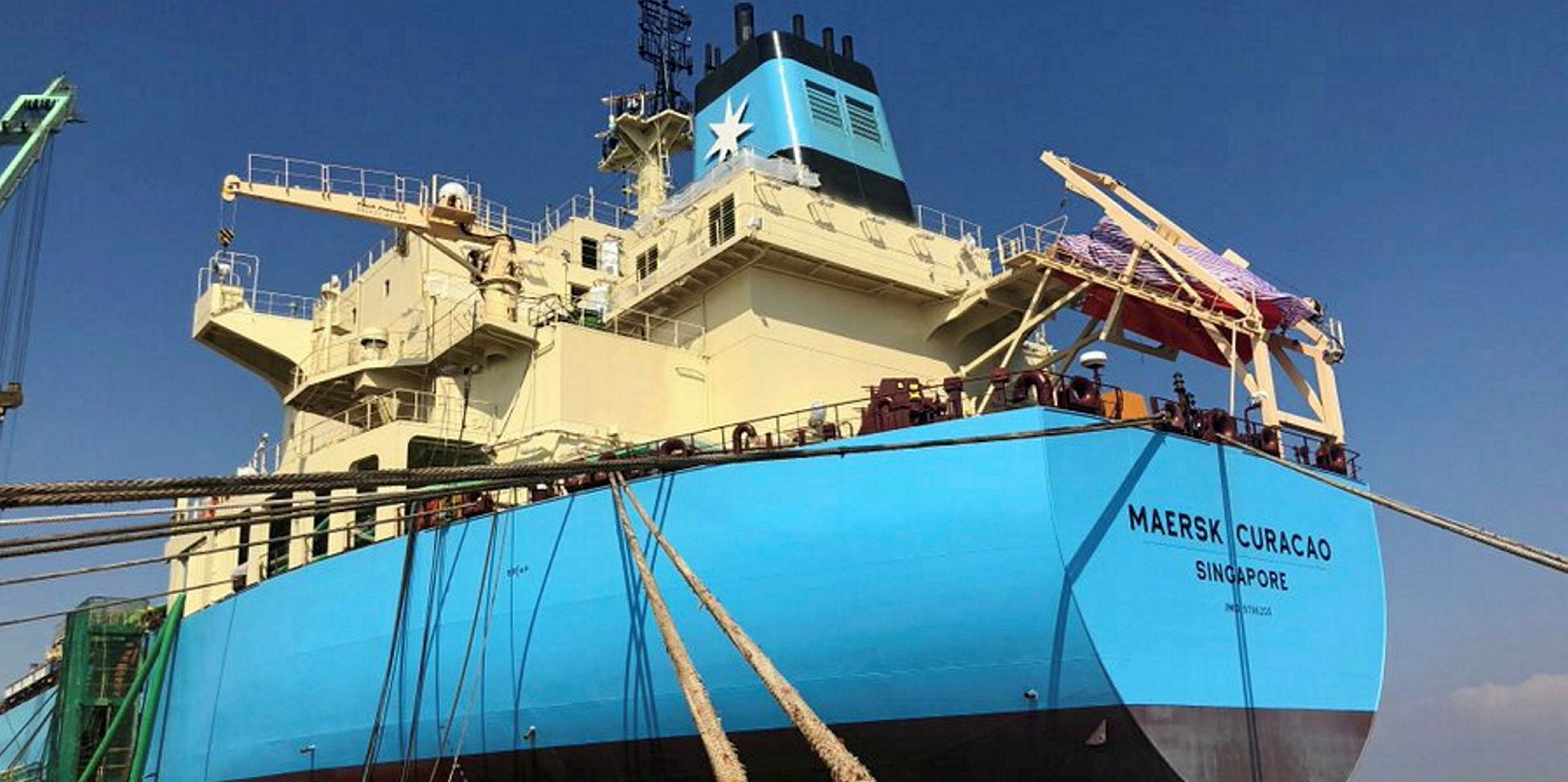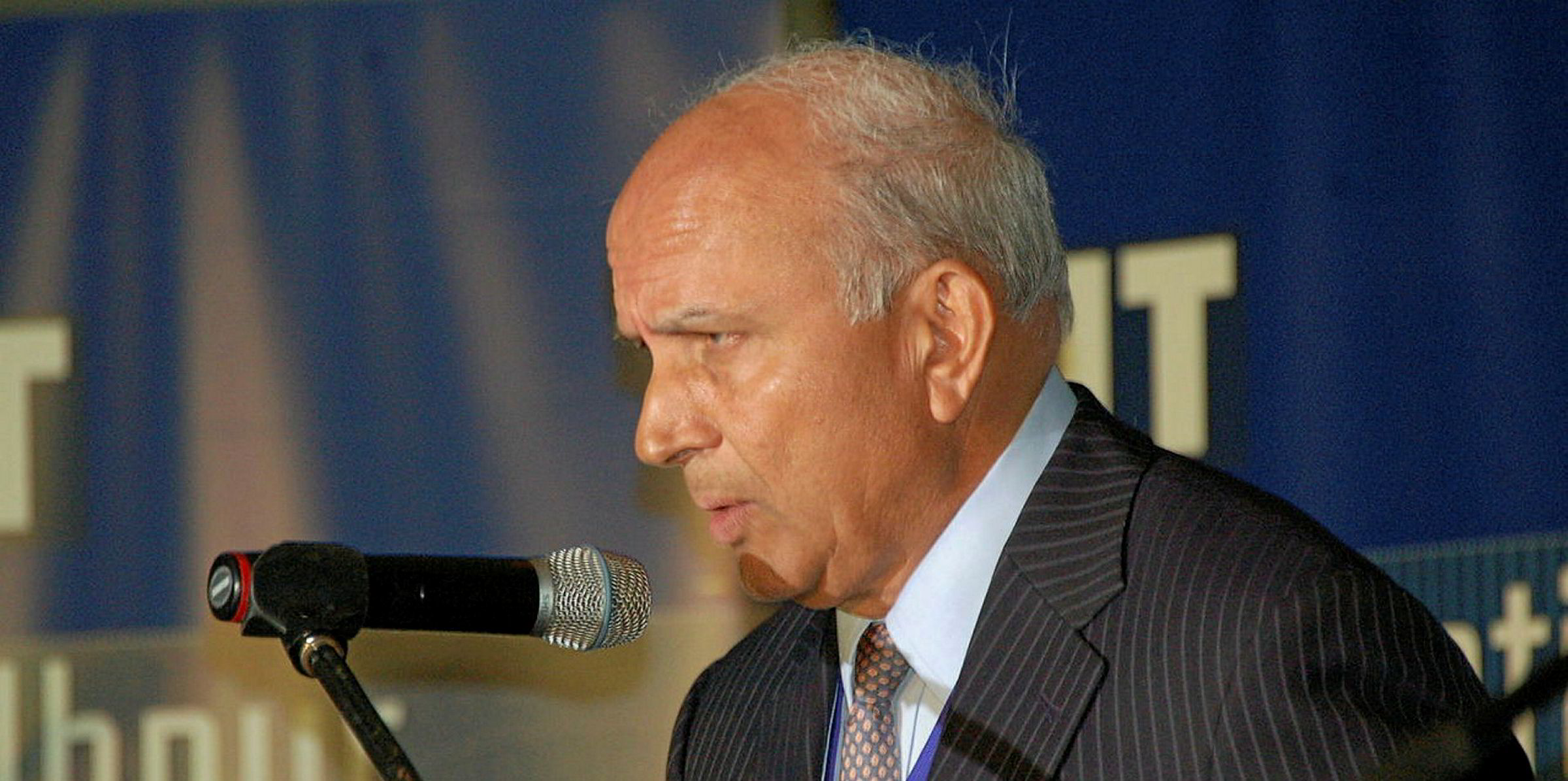Could 2019 finally be the year when product tanker earnings bottom out?
Having spiked to multi-year highs on the bullish crude tanker market in October, LR and MR earnings have fallen back to $20,000 per day, or slightly above, on benchmark routes this week.
To some market participants, those levels are strong, yet uninspiring. Fearnley Securities has revised its LR2 earnings forecast to $28,000 per day from $35,000 per day for the fourth quarter, LR1s to $20,000 per day from $31,000 per day, and MRs to $17,500 per day from $26,000 per day.
Listed tanker owners have generally remained bullish over market prospects and called for patience. Their argument is that as the IMO 2020 regulations kick in, demand for distillates will increase significantly.
Indeed, the International Energy Agency has anticipated marine gasoil demand will increase to 1.98m barrels per day (bpd) in 2020 from 890,000 bpd this year. Other more conservative estimates put the incremental demand at about 1m bpd.

“The driver should be IMO 2020,” d’Amico International Shipping executive chairman Paolo d'Amico said. “It’s going to take a few months before we see the freight [impact].”
Oversupply issues
However, there have been some warnings that much of the positive effects from IMO 2020 could be offset by a tonnage supply overhang and potentially limited arbitrage movements.
“Product tankers have been underperforming for quite a while — the last decent year was 2015,” Banchero Costa head of research Ralph Leszczynski said. “And it all boils down to overcapacity.”
According to Clarksons, 24 LR2s, 12 LR1s and 89 MRs have been delivered so far this year. In contrast, no LRs and only 19 MRs have been sold for recycling.
While the product tanker fleet growth is expected to slow from next year due to a small orderbook, it could take a while before the market can absorb the large newbuilding tonnage being delivered this year.
Suggesting that shipowners may have expanded their fleets too fast, Bimco chief shipping analyst Peter Sand pointed out that the positive effect from IMO 2020 “will only be limited”.
“It’s surely something we worry about on behalf of the industry,” Sand said.
Putting things into perspective, the market consensus is still that product tanker earnings will enjoy a bump amid high volatility this winter, even though tanker players might have been overly bullish.

With the volume of arbitrage movements often determined by demand for distillates from the industrial and road transport sectors, Maritime Strategies International (MSI) warned limited diesel demand growth in some major consuming countries may spell trouble.
“If wider, non-marine demand growth continues to slow, IMO 2020 won’t be enough to support [distillates] margins and arbitrage,” MSI said.
Still, based on the consultancy’s forecast, product tanker earnings will rise to multi-year high levels again in January due to the IMO 2020 switch, before easing throughout the first quarter.
“We believe that at the start of the year, we will see an erratic market with a lot of fluctuations in the first and second quarters, based on several factors such as bunker spread, trade war and geopolitics,” BRS analyst Benjamin Wirth said.
“On a technical standpoint, the rates have been gaining some momentum and we can see higher lows forming in the charts.
“However, the fundamentals do not necessarily point to a stronger market as the [vessel] demand might not meet an increasing supply.”

Check out TradeWinds Knowledge http://bit.ly/35g4KZ1, our new research project on IMO 2020 and decarbonisation






